I’ve never had a game like Black Myth: Wukong, which shook me up to the extreme, and made me feel incredibly frustrated. Without a doubt, this is one of the most ambitious and impressive action games I’ve ever played. Its picture is stunningly beautiful; Its battles are breathtaking; It’s extremely challenging, but the satisfaction of overcoming it is worth all your effort; Its unique setting is rooted in the rich Chinese culture and is refreshing…… This is just some of the many advantages.
But despite this, it often gives people the feeling of being held up and not falling apart. Even though I have a top-of-the-line PC configuration with a GeForce RTX 4090 graphics card, I’ve experienced a couple of crashes on PC (the PS5 version wasn’t available in this review); There have been several times when I was about to take down a powerful boss, only to suddenly die in the void as I fell beneath the ground; Sometimes the NPC suddenly switches from English to Chinese in the middle of speaking, and even worse, the voice audio simply disappears, leaving me at a loss during important cutscenes. It was a bumpy roller coaster, and there were some uncomfortable moments along the way, but overall it was definitely a great adventure worth enduring the bumps.
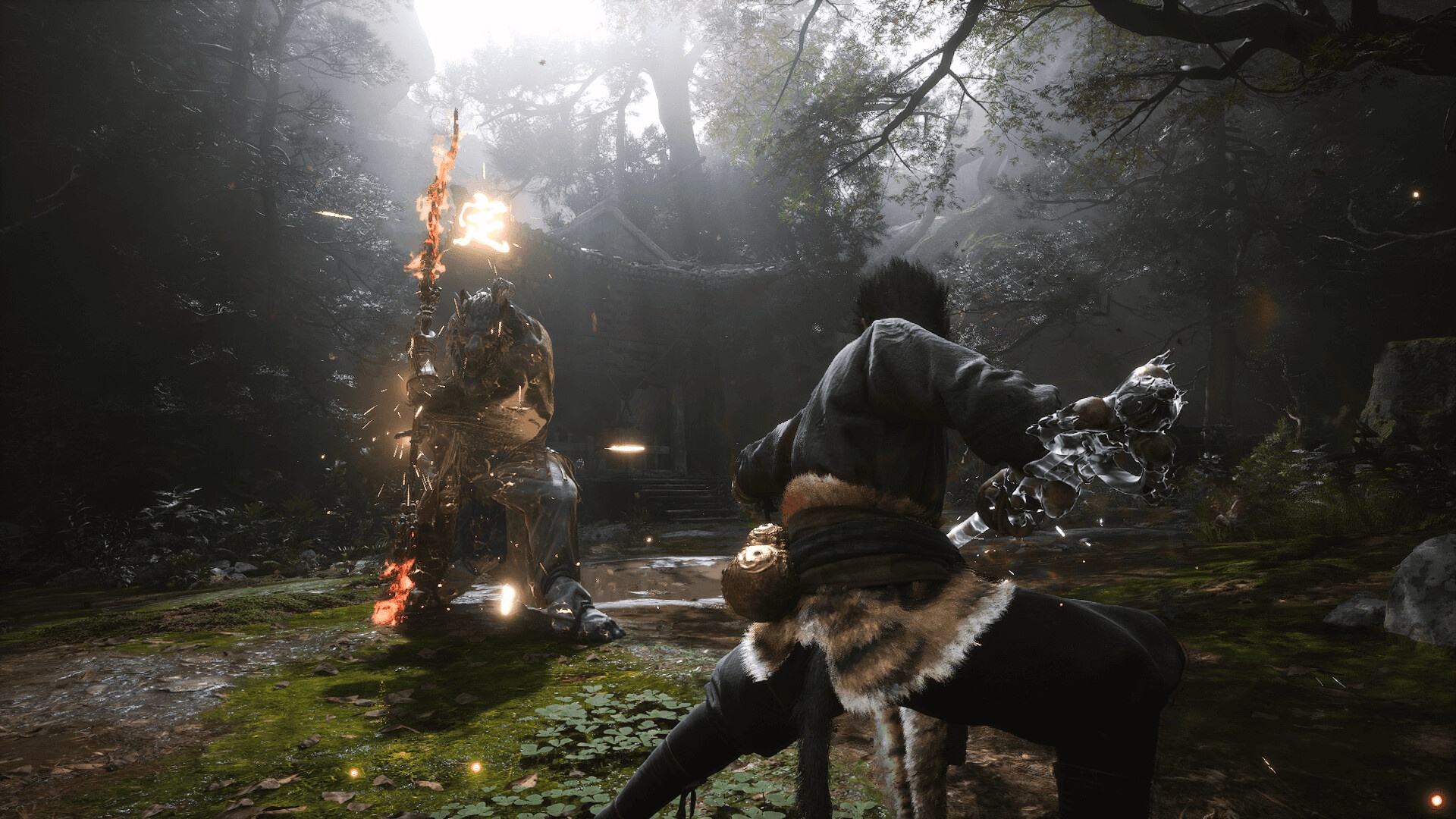
“Black Myth: Wukong” is basically a sequel to Wu Chengen’s classic novel “Journey to the West”, and my knowledge of this book is limited to “Dragon Ball” and “Enslavement: Journey to the West” such “magic reform” works. This superficial understanding doesn’t help much, as the story told by game science is full of references and references to the novel’s characters and plots, but it doesn’t elaborate on who the Monkey King is or what experiences he had during Journey to the West. I had to look up information online to find out who Zhu Bajie was, his relationship with Wukong, and the meaning of certain encounters, otherwise I would have been completely lost at some point.
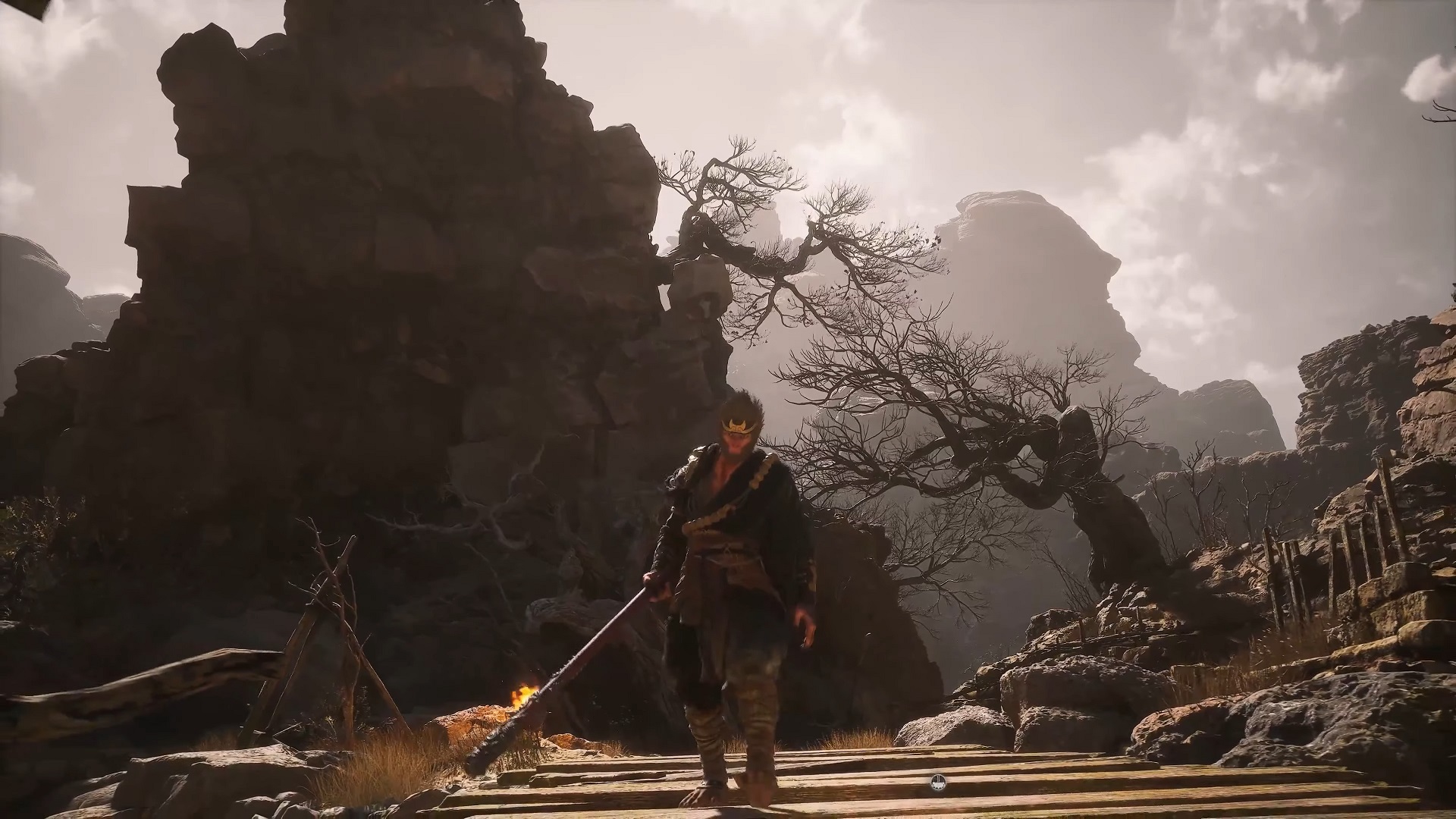
You play as Destiny, a monkey who wakes up one morning and decides to embark on a journey of about 40 hours to find six Goku relics. While the usual narrative is relatively unhurried – mainly because the protagonist is mute and the supporting characters don’t have enough time to be portrayed – the six separate chapters end with an extremely beautiful animated short film that tells the short story of the main villain of the chapter. Each short has a completely different art style, one is like a picture book, another uses stop-motion animation, and one is anime-like. Each one is beautiful and poignant, and I can’t help but hope that the main story will move me in a similar way.
At first, I thought Black Myth: Wukong was a “Souls-like” game, because of its save point system, energy bars that determine how many moves you can use, and its dodge-based combat style all had a “Souls-like” flavor. But in fact, Black Myth: Wukong is closer to traditional action games, such as those made by Bayonetta developer Platinum Studios, rather than a game from FromSoftware.

Most “soul-like” conventions don’t exist – there is no penalty for death other than resurrection at the nearest save point, and there is no need to run away to pick up things; It’s not about using the same currency to increase stat values, buy items, and enhance equipment; While equipment and stat values need to be considered, most of the time, you just need to replace the old gear with the new one, rather than thinking about which piece of armor or weapon you want to keep and strengthen.
As much as I’m a big fan of Souls, abandoning these mechanics seemed like the right thing to do for what Black Myth: Wukong was trying to achieve. It’s a more forgiving game, more focused on immersing the player in the battle, rather than poring over menus or running around to pick up dropped currency after resurrection, making Black Myth: Wukong a better and more distinctive game.
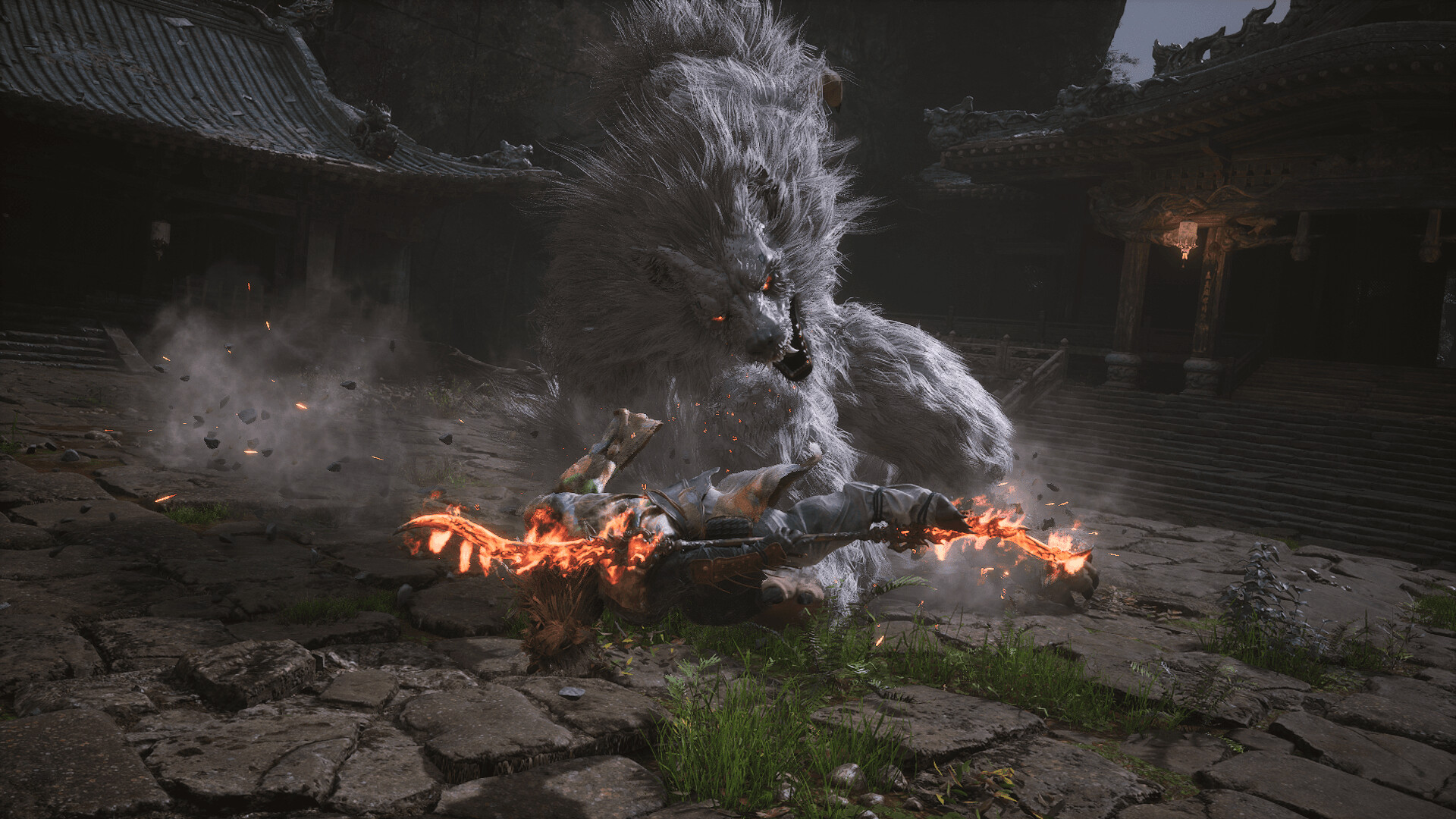
But to be clear, when I say it’s more “tolerant,” it doesn’t mean it’s simpler than soul swimming. In fact, I had a lot more difficulty with Black Myth: Wukong’s toughest challenges than with Elden Ring: Shadow of the Golden Tree (yes, there are no difficulty options in this game). But at the same time, the challenges never feel unfair, and the process of overcoming those difficult bosses always satisfactorily combines learning the boss’s attack patterns, figuring out the opportunities to steal the most knives, and tweaking the loadout to get the most out of my chosen skills.
The combat in Black Myth: Wukong is simple and elegant, thanks in part to a variety of fun items. In order to win in battle, you will not only need to react quickly, but you will also need to manage your resources carefully, and in battle, your main resource is “stick position”. You can build up Stick Momentum when you hit an enemy or dodge perfectly, and when the Stick Gauge is full, you get a Stick Momentum point.
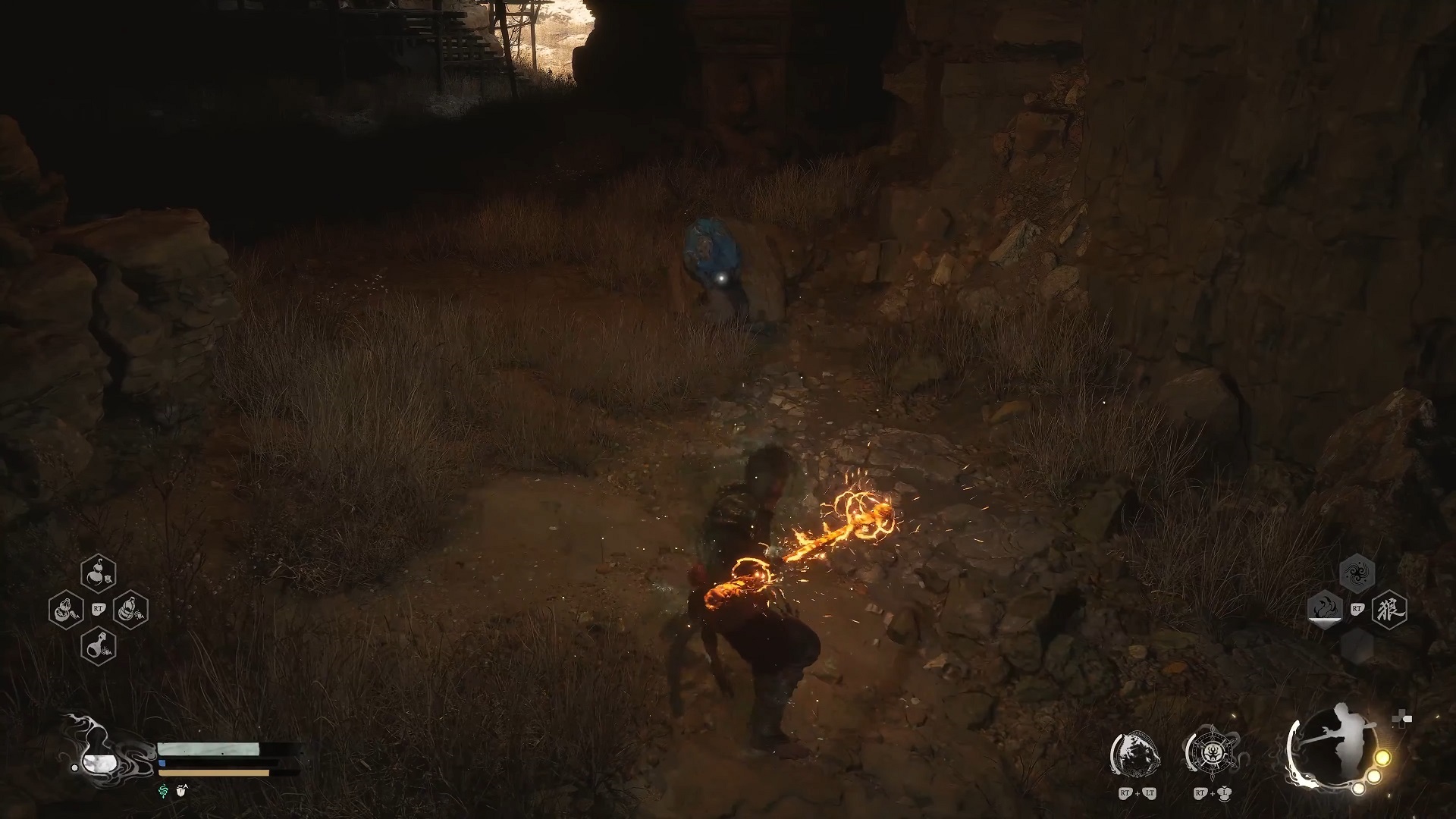
There are two ways to use the Stick Momentum, you can use the “Cutting Technique” to consume the Stick Momentum Point in the middle of the Light Attack Combo, which is a special derived attack; It is also possible to use a heavy attack alone (which consumes club points) to perform a powerful hit, and if you use two, three, or even four stick points at once, you can further strengthen this blow.
You can also use a small number of spells, which cost mana when cast. These spells are diverse enough to come in handy in many scenarios. For example, the “immobilization method” can make the enemy immobile for a certain period of time, creating an opportunity for you to attack, and if you take this opportunity to hit a hitstun, you can perform a longer output; And “Gathering Disperse” allows you to hide your body and leave a clone bait in place, so that you can get out of the fight, recover your health, and then take the enemy by surprise, and the blow of the stealth also comes with a critical hit.
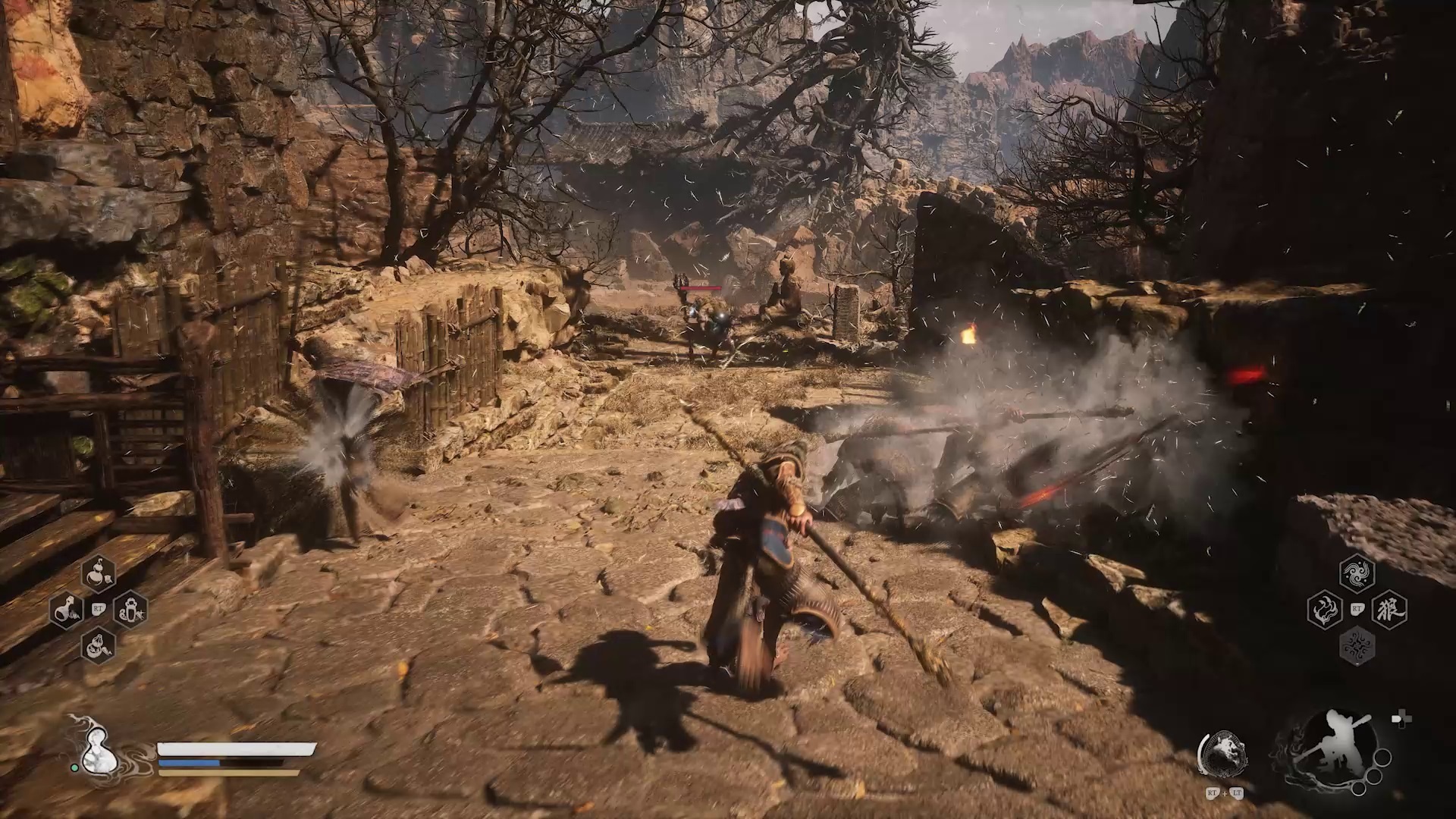
The Iron Arm of Brass can transform you into a statue for a short period of time, deflecting enemy attacks and giving you a chance to counterattack. The “Shelter Method” creates a barrier around you, which can knock back enemies and restore a certain amount of health for you when released, and the barrier will also enhance the effect of gourd wine (gourd wine can restore health and provide additional buffs); One of my favorites, the “Outer Body Method”, allows you to create a group of clones and let you and your clones fight your enemies together.
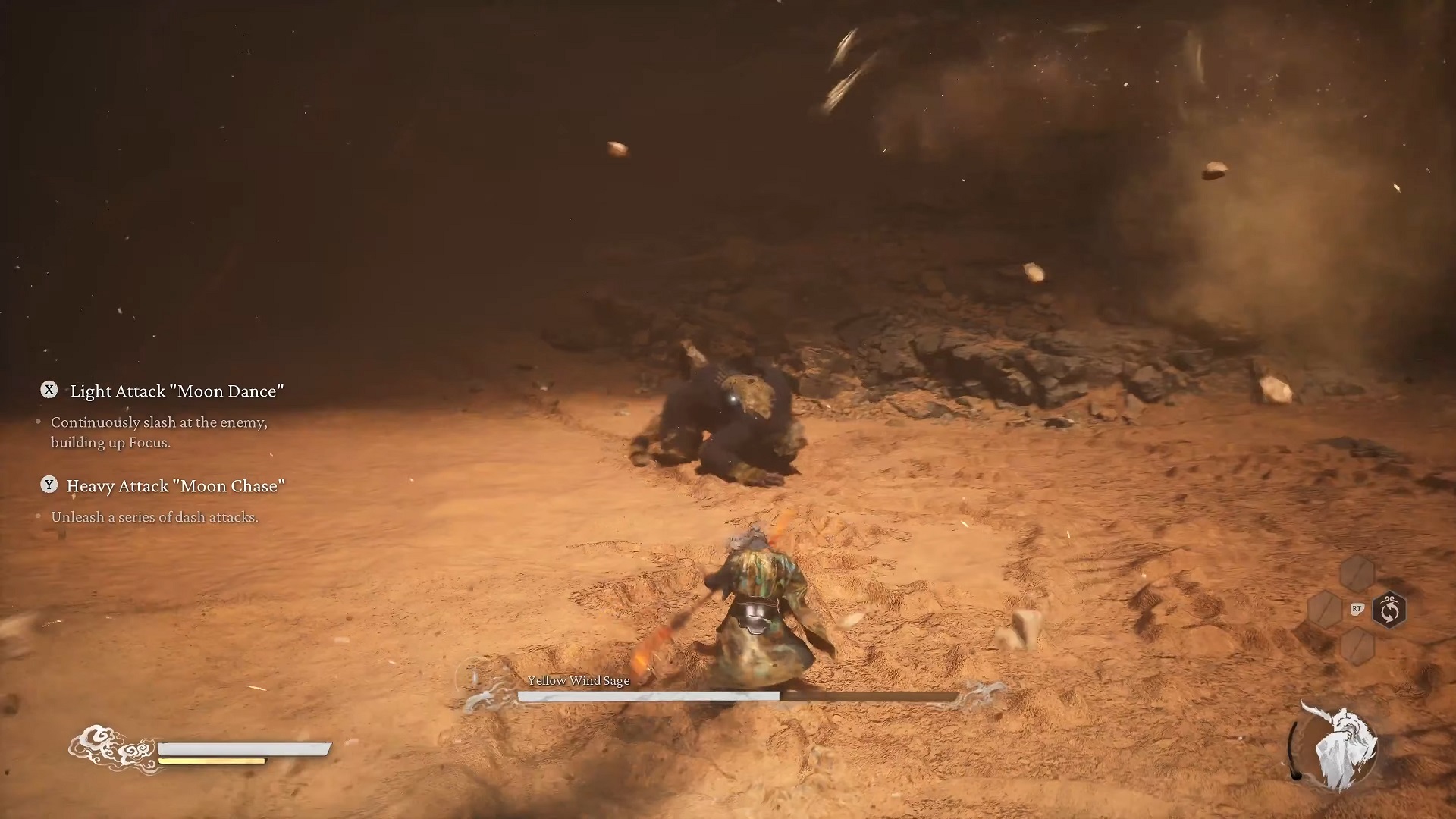
On top of that, you also have the ability to “shapeshift”, which allows you to transform into powerful creatures that you have already defeated. What’s particularly cool about these transformations is that they don’t consume mana (but they do have a long CD), and they turn you into a completely different character, giving you access to new action mods and special moves that consume sticks, among other abilities.
For example, one of the first bosses you’ll encounter in the game is a wolf armed with a flaming double-headed knife with a lightning-fast dash attack. Once you’ve defeated him, you’ll be able to gain his transformation spell, which will allow you to use his dash attack, and once you’ve built up enough sticks, you can even use a powerful jumping attack that will also set enemies on fire and take damage over time.
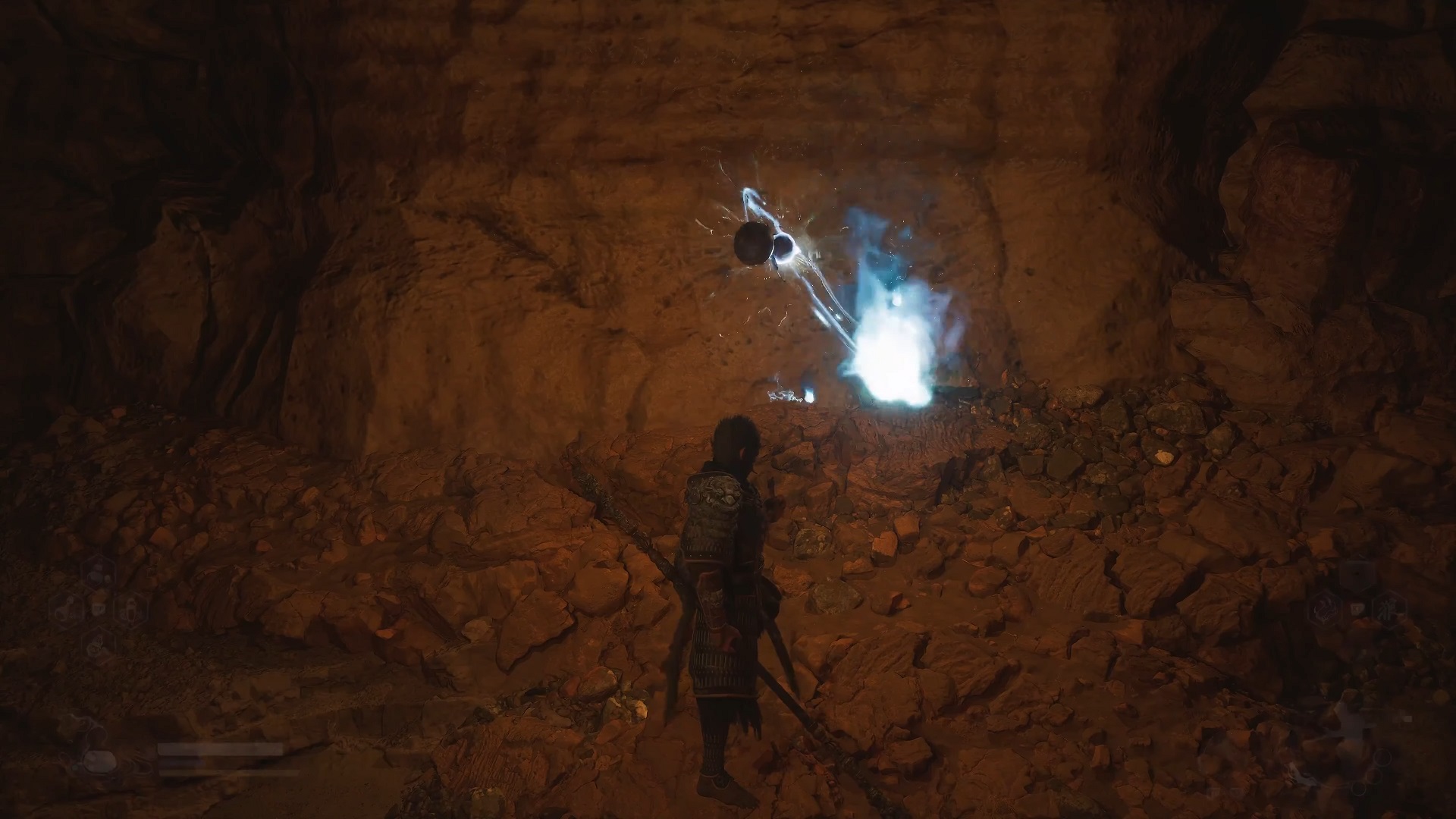
Finally, there is the “Avatar Skill”, which allows you to obtain the corresponding enemy’s Avatar Skill after defeating certain Elite enemies and sucking their essence into the gourd. Avatar skills are the equivalent of temporary transformations that can only be used with one attack, and they also have quite long CDs, but they also have quite useful effects, such as the ability to attack with the head of the “Spirit” after you immobilize an enemy for extra toughness. The avatar skill can be upgraded, so that even the avatar obtained in the early stage will not lose its value in the mid to late game.
Black Myth: Goku offers a fantastic skill pool, especially when combined with those amazing boss fights, and with the apparently well-thought-out frequency of these moves, I never felt overwhelmed by the sudden addition of a bunch of things to master. Don’t get me wrong, the Manifest Man’s physical performance is so good that it will definitely make you feel incredibly powerful when you control him – even if you don’t use a lot of spells or transformations, it’s nice to just slash a 50-foot-long club on the enemy’s head – but spells still have to be spared due to the difficulty of recovering mana.
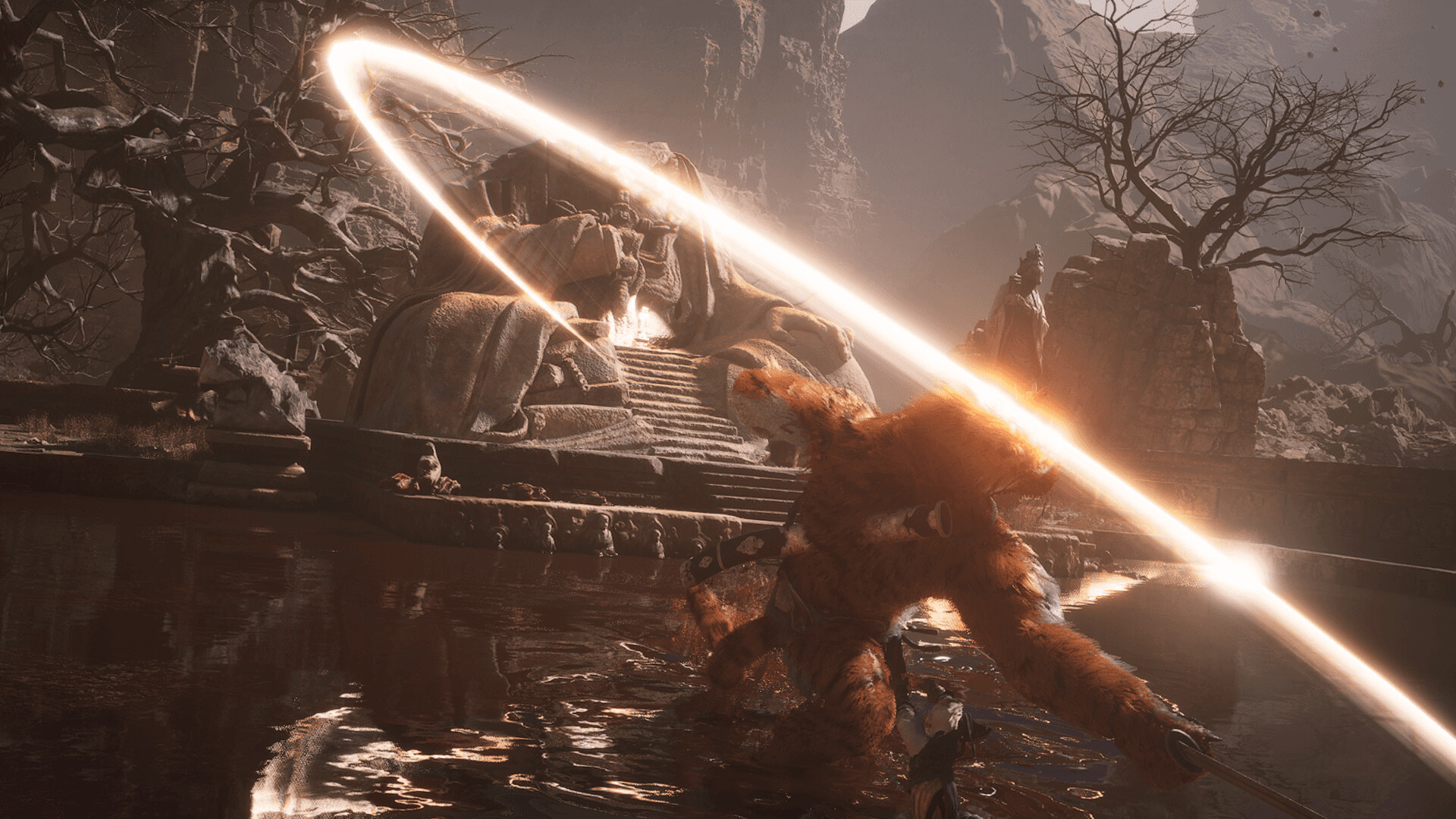
This is where the resource management element of combat comes into play: I have to think carefully about which spells are worth my mana, whether I should save them for the more difficult boss fight phase 2, and if I use a spell, whether I can actually take advantage of the opportunities it creates.
For example, even though the “Outer Body Method” is my strongest spell, due to its extremely high mana consumption, I often need to use it at the right time, so as not to be cleared by the AOE before the avatar is effective. Sometimes, when I get stuck with a boss, all I need to tweak is change the way I use my skills, and it’s very satisfying to find a new strategy that works.
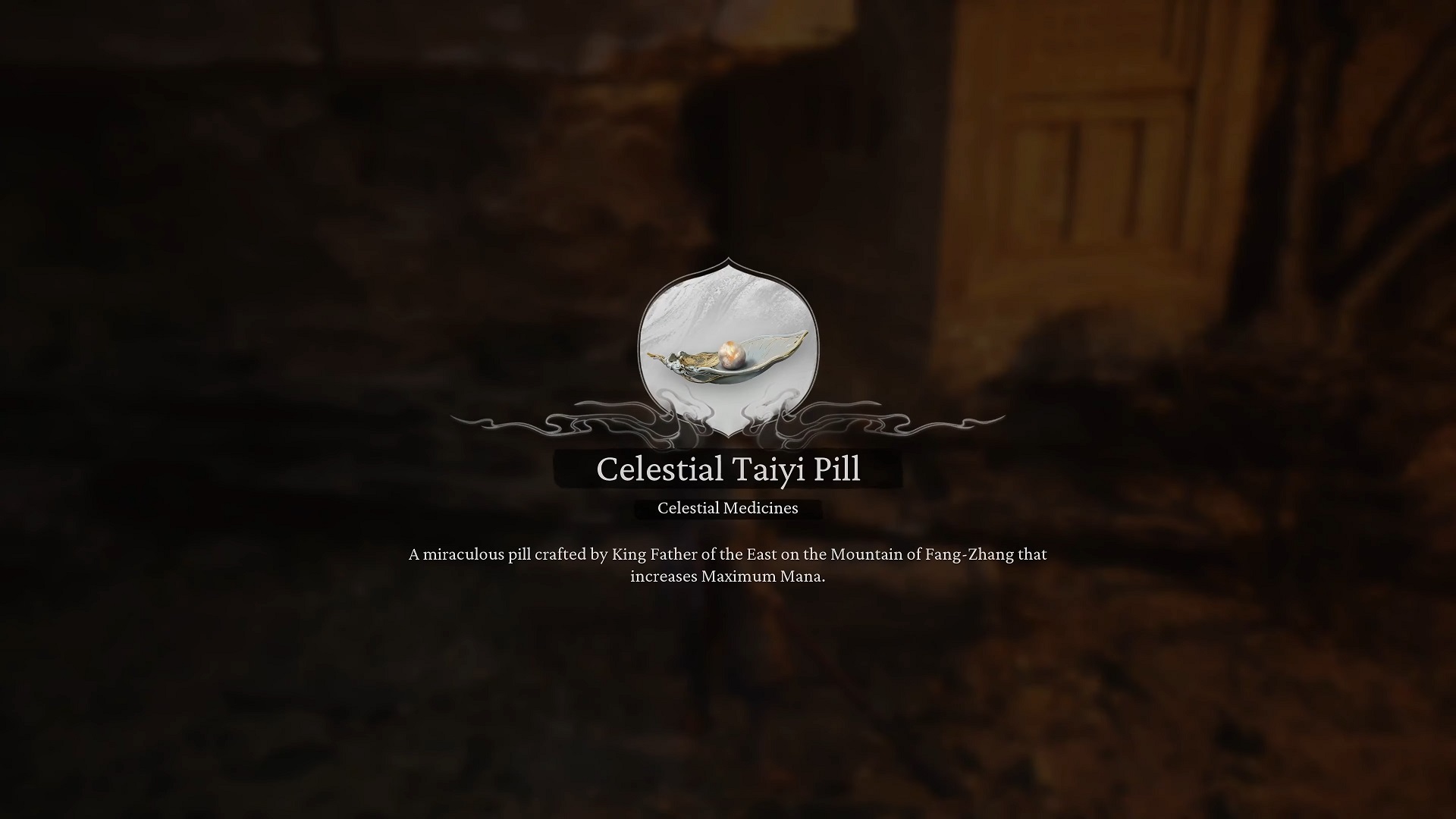
While boss fights are the best part of Black Myth: Goku, the variety of enemies in normal combat is also quite diverse.
The level structure is “wide linear”, with a clear main path leading the player to each save point, but there are also many paths that hide goodies.
The rewards for exploring are quite generous, and I’ve found rare materials that can be used to craft new weapons or armor; Elite monsters that can provide new “avatar skills”; Build’s “Treasure” gear can be further enhanced; Chests that may permanently increase health, mana, or stamina make it worthwhile for me after every exploration.
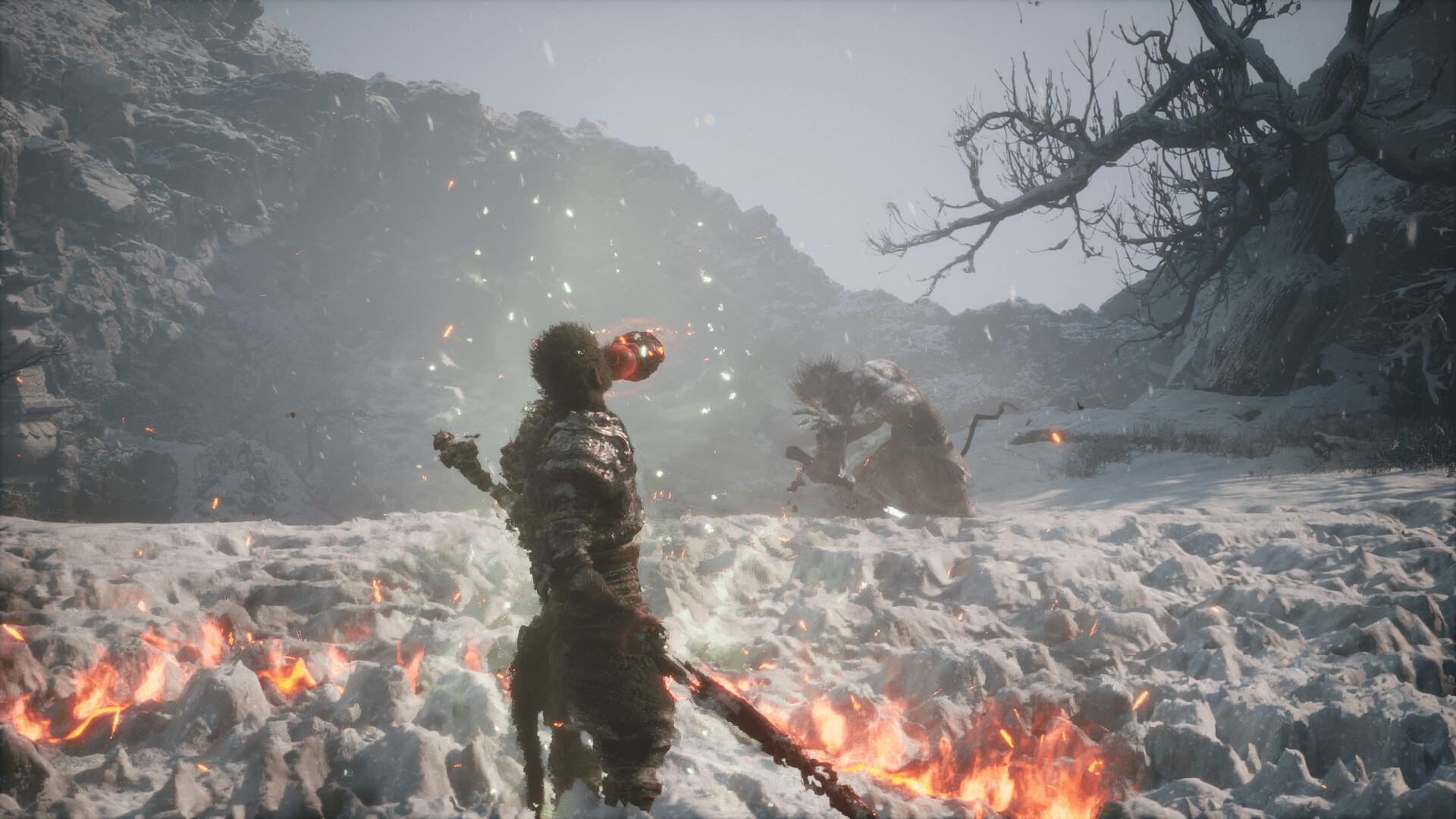
On top of that, there are some hidden bosses, some important items that I haven’t figured out what they’re used for, and tons of other interesting stuff for players to discover, so it’s definitely worth exploring the trails and keeping an eye on the environment. One of the reasons for this is that Black Myth: Wukong is one of the most beautiful games I’ve ever played, and every scene is full of detail, from the cracked bark on the trees in the woods to the real-time deformed snow as the Destiny runs with sticks.
Not only that, but the body animations are also very well done, with tons of amazing little details, such as the fact that when locking onto an enemy, the Destiny will use a small jump to adjust the direction of the body, and the footsteps will also change to move sideways around the enemy, instead of simply turning the head but running forward on the feet. The music and sound effects are also excellent, with the drum-beating battle theme song being epic, and the melodic flutes and chimes adding a sense of wonder and mystery to the exploration.
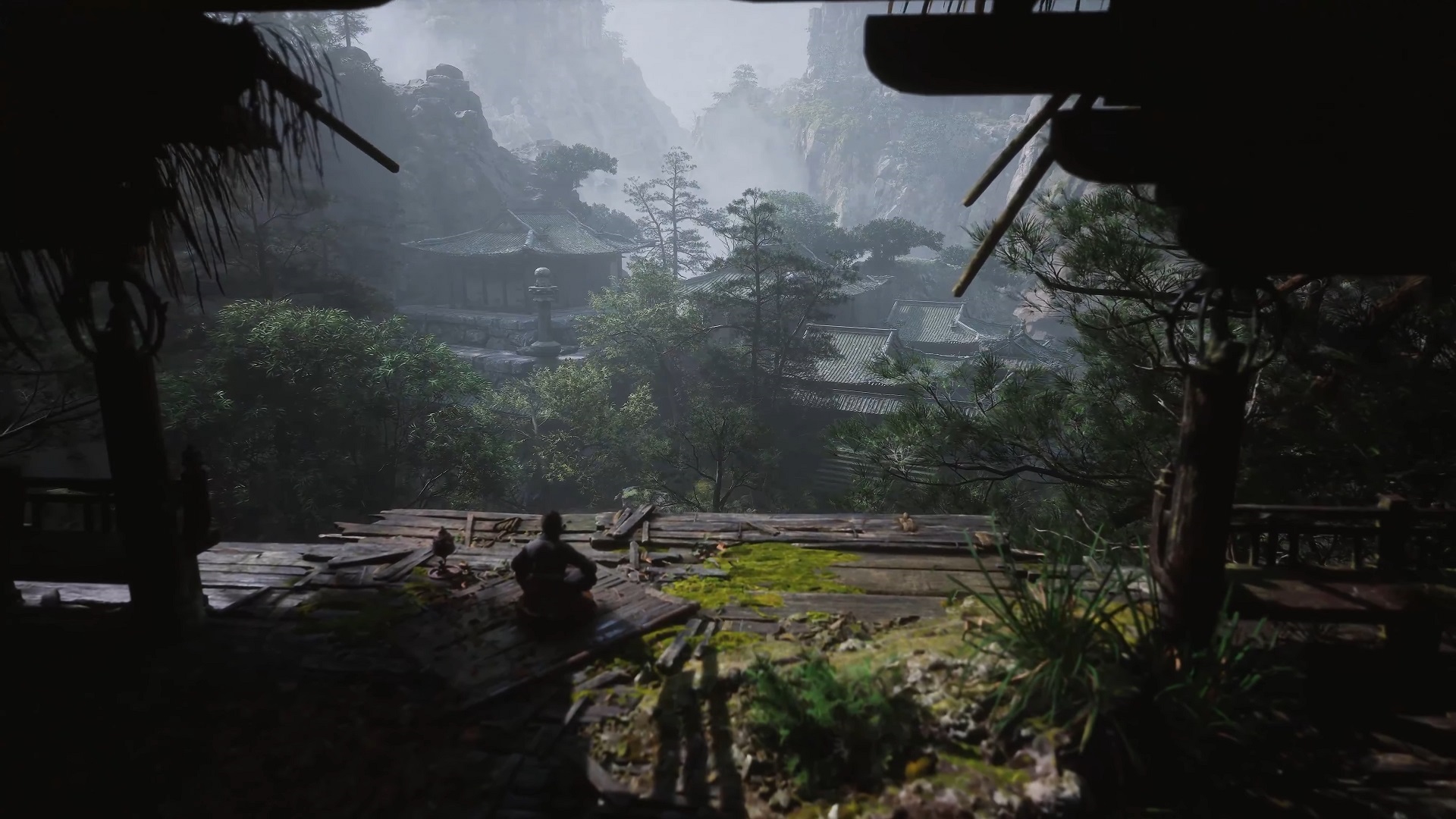
That being said, it would be nice if this game could make a map. The locations you’ll explore in Black Myth: Wukong are undoubtedly beautiful, but they’re so big and contain so many secrets that it doesn’t make sense not to provide some kind of navigation, especially in Chapters 2 and 3. Add to that the fact that it’s hard to tell which obstacles to climb and where there are invisible walls in the scene, making exploration quite tedious. Luckily, the rewards for exploring are quite generous.
However, it’s hard for me not to feel that Black Myth: Wukong’s beautiful graphics and rich details come at a huge price. I’ve had several crashes, and one of the most painful for me was when I crashed just after fighting a very difficult boss, leaving me to have to fight again. Other times it’s not so bad, and most of the flashbacks happen when I first enter a new chapter, or teleport to another level, but after a lot of frustration, I still have a lot of frustration.
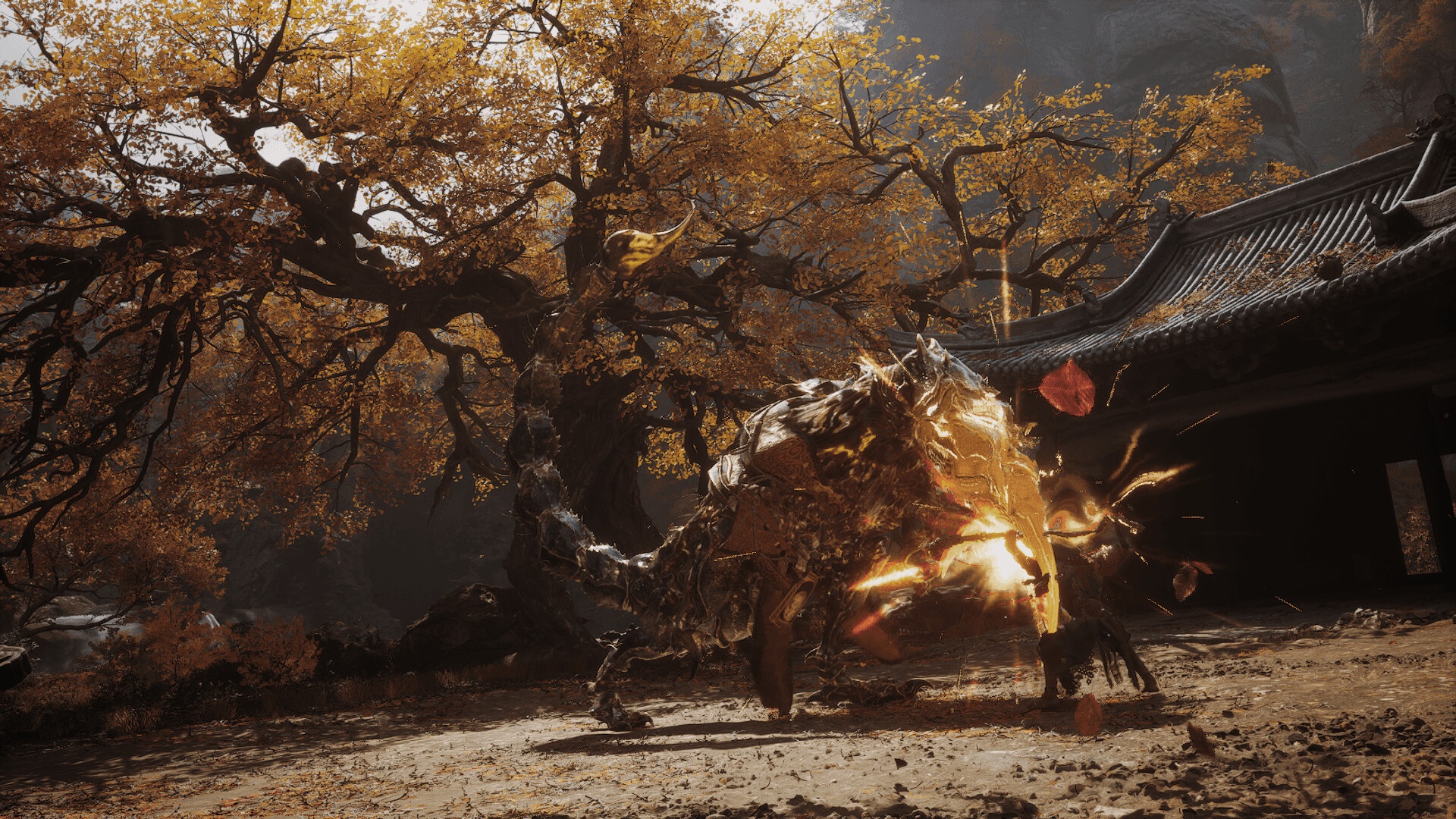
Also, there were a couple of times when all the voice and subtitles suddenly disappeared during important cutscenes, leaving me completely unsure of what I was talking about, and there was no way to replay the cutscenes; Even though I set the voice to English, there are times when NPCs suddenly speak Chinese; The English dubbing does not do lip matching at all; And most of the log entries found along the way haven’t even been anglially yet.
Worst of all, in one of the boss fights, the boss would drop me to the ground during the transition before the final phase, but by the time I regained control, I had already crossed the floor and fallen into the void. This happened repeatedly, leading me to suspect that my game had a fatal bug and that I might never be able to beat it. But after I was like a madman who “kept repeating the same thing and expecting different results”, I actually had a different result, but I never figured out how I did it.
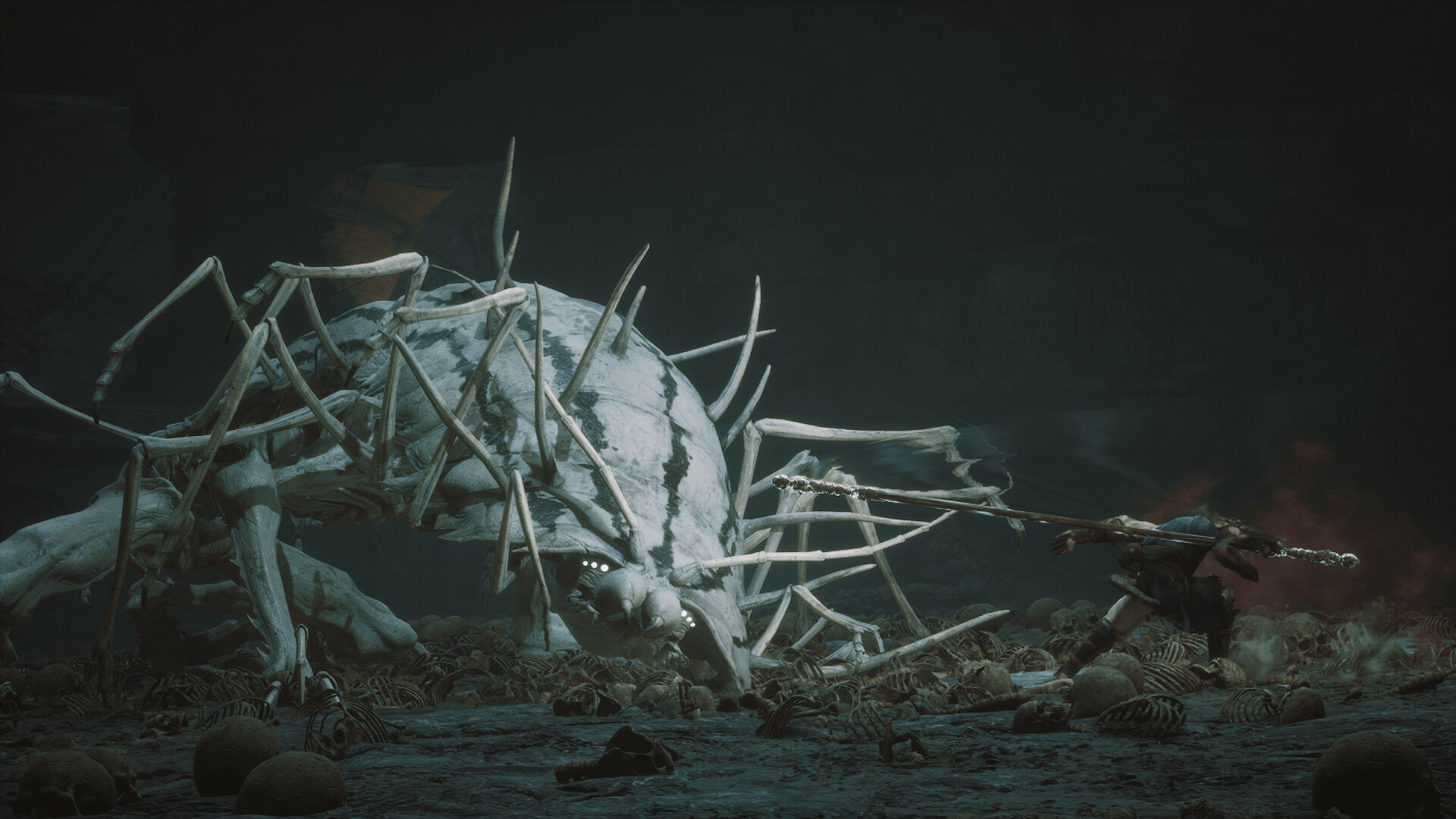
Hopefully, Game Science will fix these technical issues with a patch update in the future — it’s definitely possible, as even Cyberpunk 2077, which was buggy at launch, ended up being decently fixed (which, the game wasn’t available for console at the time of review). I hope that the fix will come soon, because while I sincerely believe that Black Myth: Wukong is good enough to endure these issues, I still hope to recommend it without being reminded of these bugs.
summary
Black Myth: Wukong, Game Science’s first action game, was largely a huge success, though there were some serious technical issues and localization issues with the launch phase, which could have caused some frustration. Thanks to the delicate balance between “careful resource management” and “lightning-fast gameplay that requires quick reactions”, the combat is excellent, and while it is closer to a traditional action game than FromSoftware’s games, it is no less challenging than Elden Ring. Not only that, but the game also features tons of exciting boss battles and a wide variety of enemies, and the world they inhabit is an absolute treat for both the eyes and the ears. The story has its own excitement, but it relies too much on the player’s knowledge of the Journey to the West story, and it also needs a map so that the rewarding exploration can match its excellent combat experience. But it more than makes up for these problems, making Black Myth: Wukong a great action game in the end, and it could be even better if game science could fix those bugs.



